Many thanks to visiting student Aoife McDarby for sharing why she’s undertaking a summer research project in the MRC PPU and how she’s including the lived experience perspective in her research.
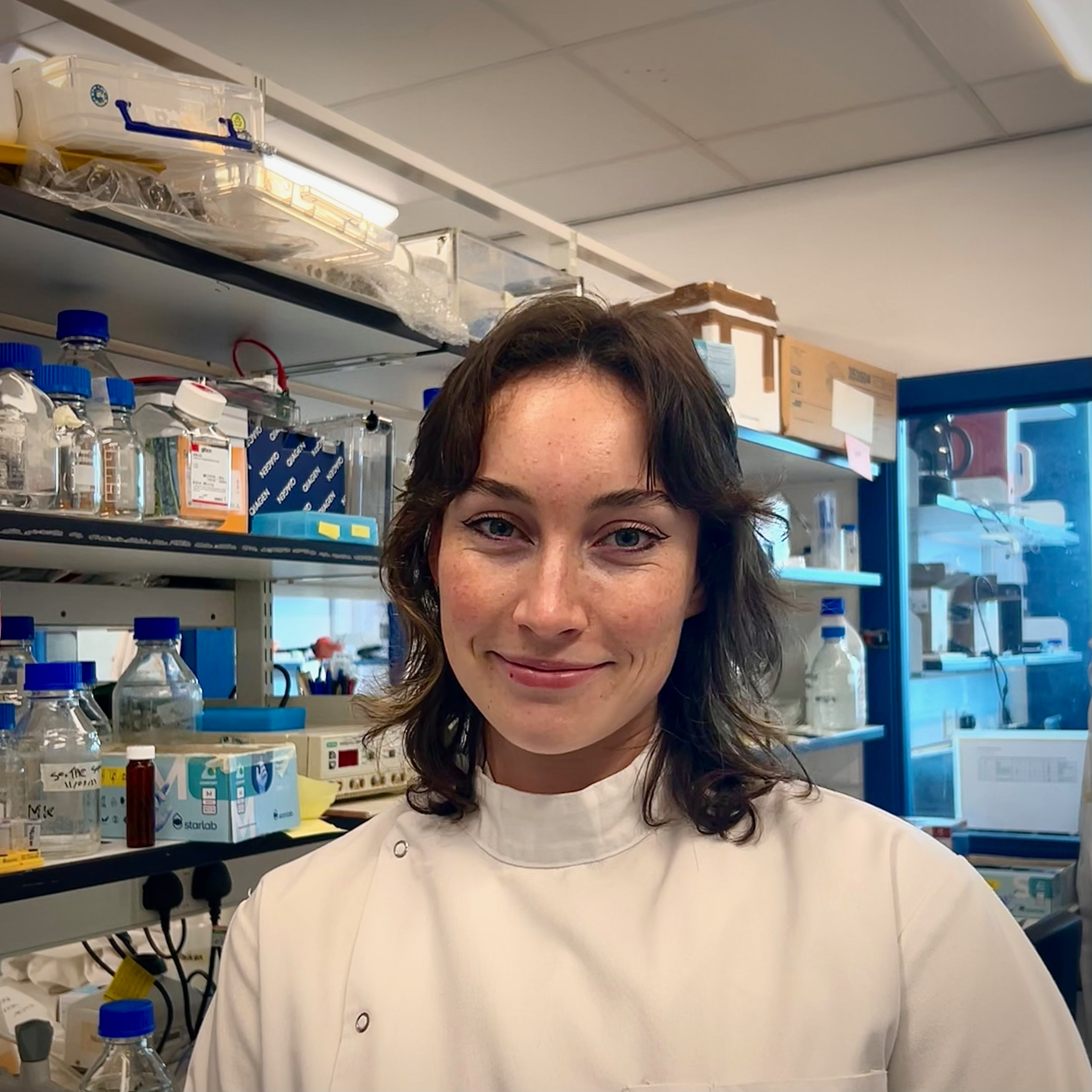
As a third year Biomedical Science student from the University of Galway, Ireland, I have not had many opportunities in my degree programme to participate in patient and public involvement. I was drawn to the SLS Summer School at the University of Dundee because of the groundbreaking basic and translational research into Parkinson’s at the MRC PPU as well as the Unit’s close ties with people with lived experience of Parkinson’s.
Parkinson’s is a debilitating neurodegenerative disorder that can damage many pathways in the brain, including the control of movement, emotion, and cognition. It affects over 12,000 people in Scotland alone and 145,000 in the UK, according to a 2018 report by Parkinson’s UK1. The prevalence of Parkinson’s has risen by almost 60% between 2010 and 20212. Research into this field has exponentially increased to identify possible causes and treatments for Parkinson’s. It is therefore imperative to include the perspectives of people affected by Parkinson’s in directing this research.
The MRC PPU has a long track record of engaging with people living with Parkinson’s. At the heart of this is its collaboration with the Dundee Research Interest Group (DRIG), which is made up of local people affected by Parkinson’s. DRIG is one of 12 local Research Interest Groups, established by Parkinson’s UK across the UK, that form part of Parkinson’s UK’s Research Support Network (RSN) – a network connecting people living with Parkinson’s and their families with local researchers. DRIG aims to provide knowledge about Parkinson’s, share information about ongoing research, and to enable people from anywhere, but focussed on Fife, Perth & Kinross and Tayside, who are affected by Parkinson’s to share their unique perspective with each other and with the researchers at the MRC PPU.
My Summer Research Project
I was lucky enough to receive a placement in Dr. Esther Sammler’s lab in the MRC PPU, where I am spending my summer completing lab experiments while also learning more about DRIG and the work of its members. My lab project is investigating the effects of pesticides on LRRK2 activity, which is the most commonly mutated gene in familial Parkinson’s cases3. However, LRRK2 mutations exhibit incomplete penetrance – which means that being a carrier of this mutation does not guarantee the development of Parkinson’s4. This indicates that there are other factors influencing Parkinson’s risk, such as environmental toxins like pesticides.
This research project was inspired by the Parkinson’s journey of Marc van Grieken, a prominent advocate for patient and public involvement and the first DRIG Chair. Marc has been outspoken about his childhood in the Netherlands, when he spent his summers working in the Dutch bulb industry, handling thousands of tulip and hyacinth bulbs which were regularly treated with toxic pesticides and which usage was ubiquitous - he is increasingly linking this to his diagnosis. I am honoured to have him working alongside me this summer to guide the experimental design of my project and to teach me about patient and public involvement.
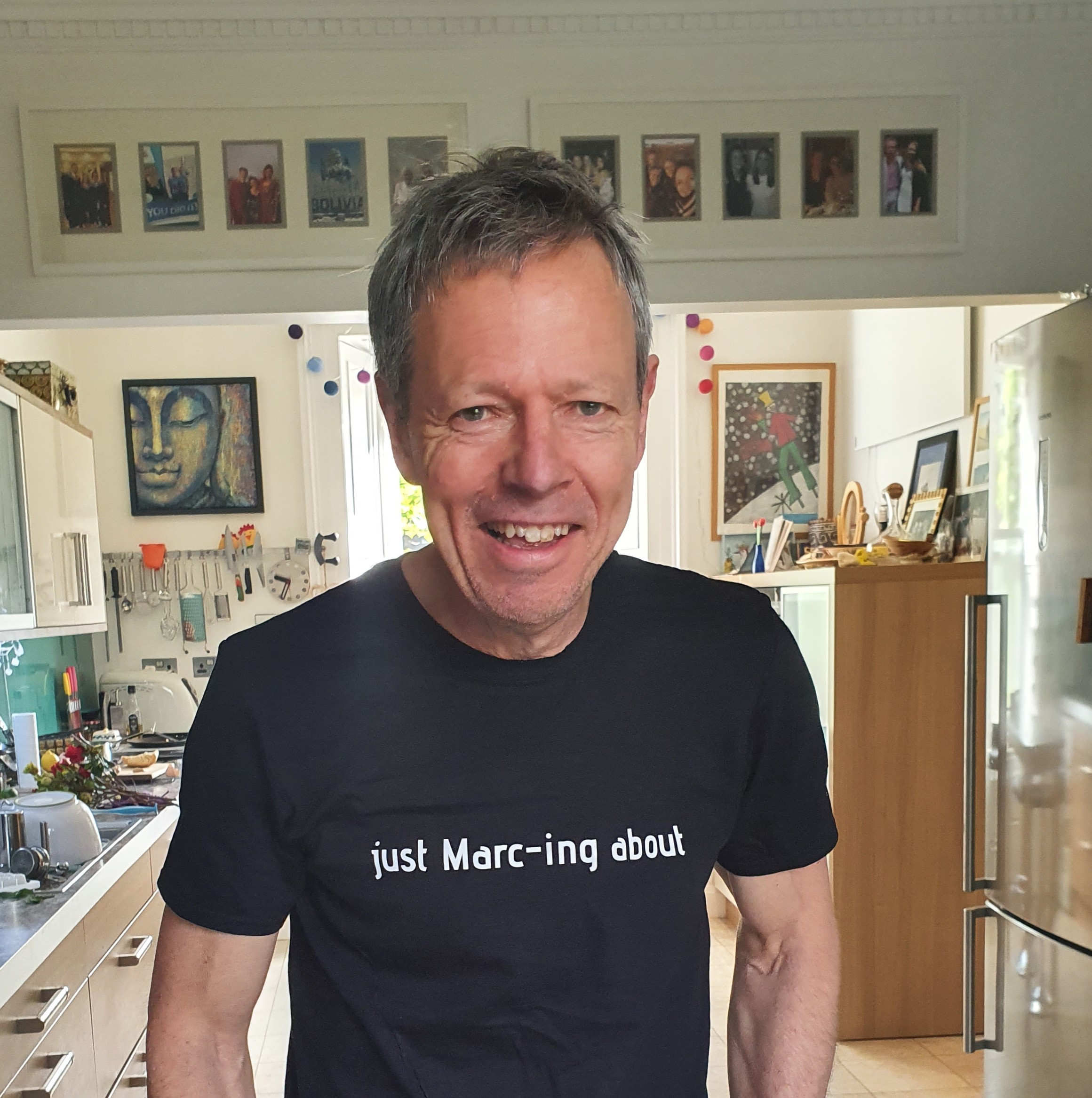
This project is different because it allows Marc to directly participate in conducting the research. A previous summer student conducted a literature review about the link between pesticides and Parkinson’s after hearing about Marc’s story. I have been able to bring this work into the lab by treating cells with various pesticides to see how they affect LRRK2 activity in real time. This brings its own challenges, but the MRC PPU is well-versed in patient involvement and is well-suited to host such a unique project. This shows how there are many different ways to create space for patient and public involvement in both basic and translational research.
Including the lived experience perspective in my research
Patient and public involvement has become increasingly important to the scientific research process in the UK5. I want to encourage patient involvement in Parkinson’s research because I believe that people with lived experience of Parkinson’s offer an invaluable perspective that can shape research aims and design. It also allows researchers and people with lived experience to learn from each other, benefitting everyone involved.
“Getting an insight into the lived experience…certainly has helped in directing studies and therefore makes them more effective.”
Marc van Grieken, Former Chair of the Dundee Research Interest Group
Benefits for researchers
For scientists, patient and public involvement helps to centre the lived experience of people affected by Parkinson’s. After all, the reason that all this research is being conducted is to address the symptoms caused by Parkinson’s. There is no better way to understand what research needs to be done than by asking people who are personally affected by Parkinson’s. It’s easy in a lab setting to forget the physical and emotional ramifications that come with Parkinson’s. I have found, in my limited lab experience, that Parkinson’s has come to be defined by the activation or suppression of various proteins and molecules. But for those who are living with Parkinson’s, it is much more than the sum of these biological parts. It’s essential for researchers to remember that the work they do should be driven by the needs of people affected by Parkinson’s, because that is who will directly benefit.
“It’s important for people who are doing research on Parkinson’s to meet people who have Parkinson’s, because it gives them an idea of how the condition is in real life.”
Brendan Hawdon, Chair of the Dundee Research Interest Group
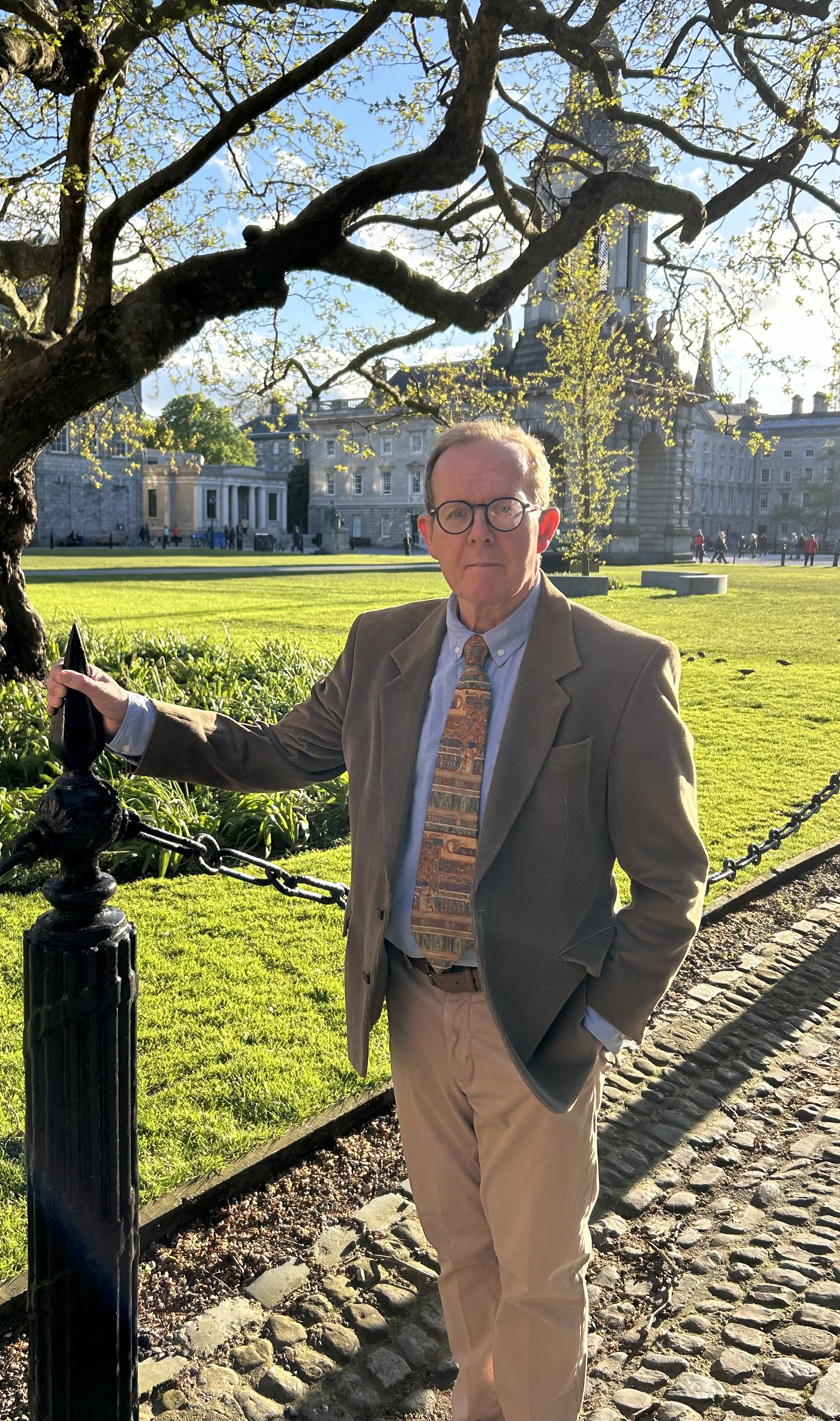
It is also motivating to meet the people that your research will be impacting. Many researchers choose to help improve people’s health and quality of life, but some may never have the chance to meet the people they are dedicating their careers to. Meeting people like Marc and Brendan has been rewarding for me because I can see how the tireless efforts that Parkinson’s researchers put in has really changed their lives. Patient and public involvement can help researchers put the importance of their work into perspective and inspire scientists to persevere even when it is challenging.
“The recent lab Open Doors Day was such an eye opener for both the people with Parkinson’s and their families...and for people who’ve been working in labs for a while, who had reached that stage in their career but not yet met a person with Parkinson’s.”
Jo Goodburn, Dundee Research Interest Group Secretary
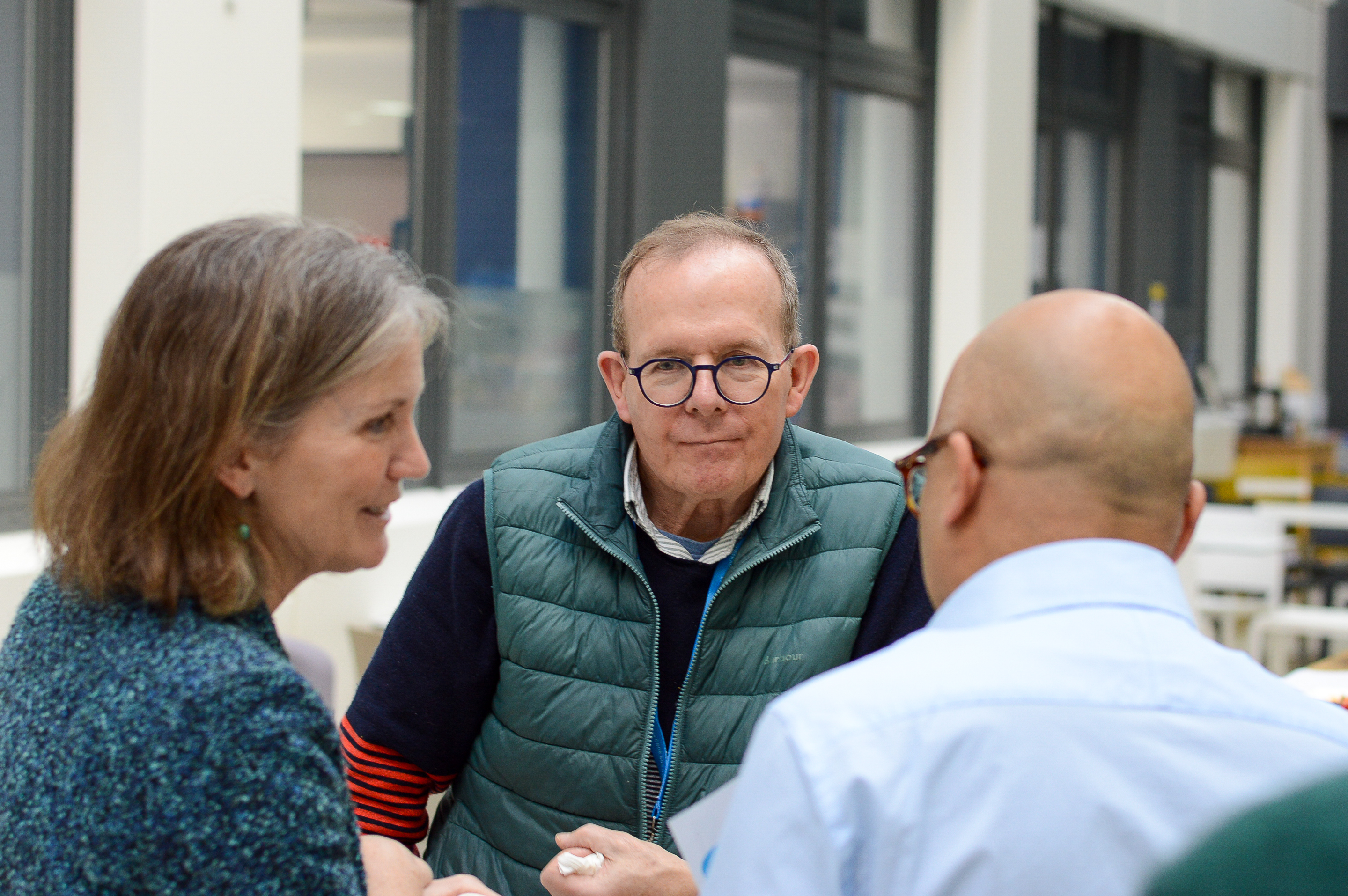
Benefits for people with lived experience
Patient engagement is equally important to people affected by Parkinson’s. One significant part of a Parkinson’s diagnosis is the element of the unknown: many people don’t know very much about this disease and its pathology. But by meeting researchers and learning about their work, people with Parkinson’s can have a better understanding of their condition. They can also see the advances towards more effective treatments. It can be encouraging and uplifting for people affected by Parkinson’s to see the efforts being made to better their quality of life.
“The fact that people with this huge skill and expertise and time pressure such as Dario Alessi, Miratul Muqit, Esther Sammler, and others are prepared to spend time with us, that is really quite something.”
Marc van Grieken, Former Chair of the Dundee Research Interest Group
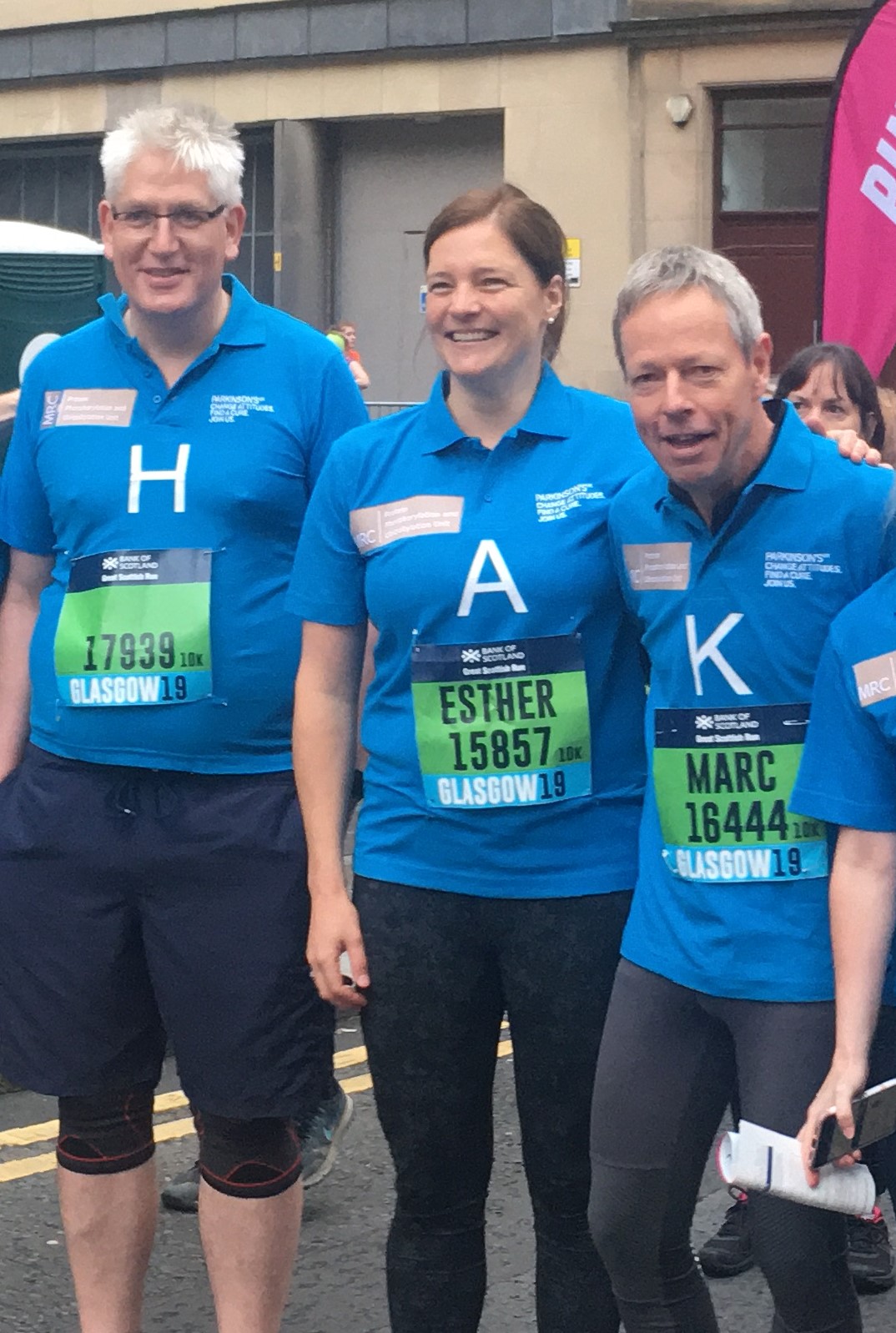
It can also empower people with Parkinson’s as they contribute directly to and have their say in the future of Parkinson’s research. There are various levels of engagement depending on people’s time commitment, energy levels, and disease progression. People with Parkinson’s on research committees provide invaluable input into study designs, research aims, and trial feasibility. Patient enrolment in trials is essential for the development and refinement of Parkinson’s treatments. As Jo Goodburn, DRIG Secretary, shared with me, “None of it will get anywhere unless people with Parkinson’s take part in research trials.”
Working together: our goals for the future
Marc mentioned once during our interview, while we were discussing his experience with Parkinson’s, that, “You’ll never sense it in the same way as I will experience it, nor as anybody else.” This really resonated with me; it’s never possible to truly see the world from someone else’s eyes. This is why it’s so beneficial to have patient involvement in research: people with lived experience can provide invaluable insight that you may have never considered.
For example, when Marc and I were discussing the pesticides to test, he suggested I investigate glyphosate, which he was exposed to throughout his summers on the tulip farm. I hadn’t considered using this pesticide because most of the scientific papers I had read only studied the most toxic pesticides, paraquat and rotenone. But glyphosate-based herbicides are the most widely used pesticides in the world6; many more people will have been exposed to this compound and more studies should be conducted to examine its neurotoxic effects.
By the end of this project, we hope to be able to add more data to the growing body of evidence regarding the link between pesticides and Parkinson’s. With Marc’s help, I also want to encourage more summer students to consider how they might incorporate patient and public involvement into their placement. By involving the people who will benefit directly, scientific research of any kind becomes even more valuable and meaningful.
Written by: Aoife McDarby, Summer Student
Edited by: Sarah Patrick, Communications, Public Engagement & Involvement Consultant
Many thanks to Marc van Grieken, Brendan Hawdon, and Jo Goodburn from the Dundee Research Interest Group for their input.
July 2024
References:
- Parkinson's UK (2018) The incidence and prevalence of Parkinson's in the UK. Results from the Clinical Practice Research Datalink. Parkinson's UK. http://www.parkinsons.org.uk
- Global burden of 288 causes of death and life expectancy decomposition in 204 countries and territories and 811 subnational locations, 1990-2021: a systematic analysis for the Global Burden of Disease Study 2021. (2024). Lancet, 403(10440), 2100-2132. doi:10.1016/s0140-6736(24)00367-2
- Kluss, J. H., Mamais, A., & Cookson, M. R. (2019). LRRK2 links genetic and sporadic Parkinson's disease. Biochemical Society Transactions, 47(2), 651-661. doi:10.1042/bst20180462
- Healy, D. G., Falchi, M., O'Sullivan, S. S., Bonifati, V., Durr, A., Bressman, S., . . . Wood, N. W. (2008). Phenotype, genotype, and worldwide genetic penetrance of LRRK2-associated Parkinson's disease: a case-control study. Lancet Neurol, 7(7), 583-590. doi:10.1016/s1474-4422(08)70117-0
- Staniszewska, S., Denegri, S., Matthews, R., & Minogue, V. (2018). Reviewing progress in public involvement in NIHR research: developing and implementing a new vision for the future. BMJ Open, 8(7), e017124. doi:10.1136/bmjopen-2017-017124
- Madani, N. A., & Carpenter, D. O. (2022). Effects of glyphosate and glyphosate-based herbicides like Roundup™ on the mammalian nervous system: A review. Environmental Research, 214, 113933. doi:https://doi.org/10.1016/j.envres.2022.113933

